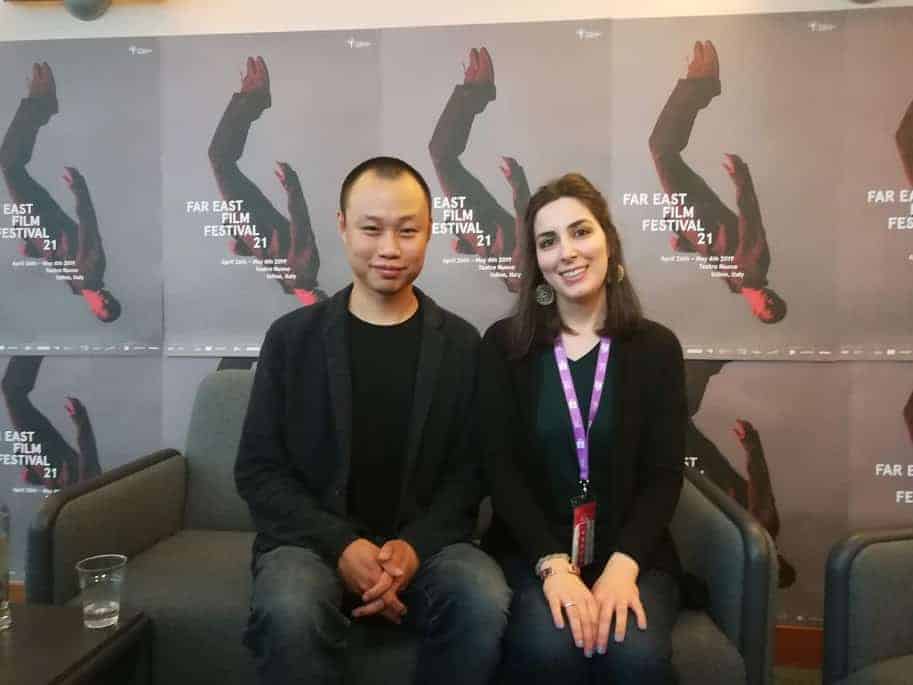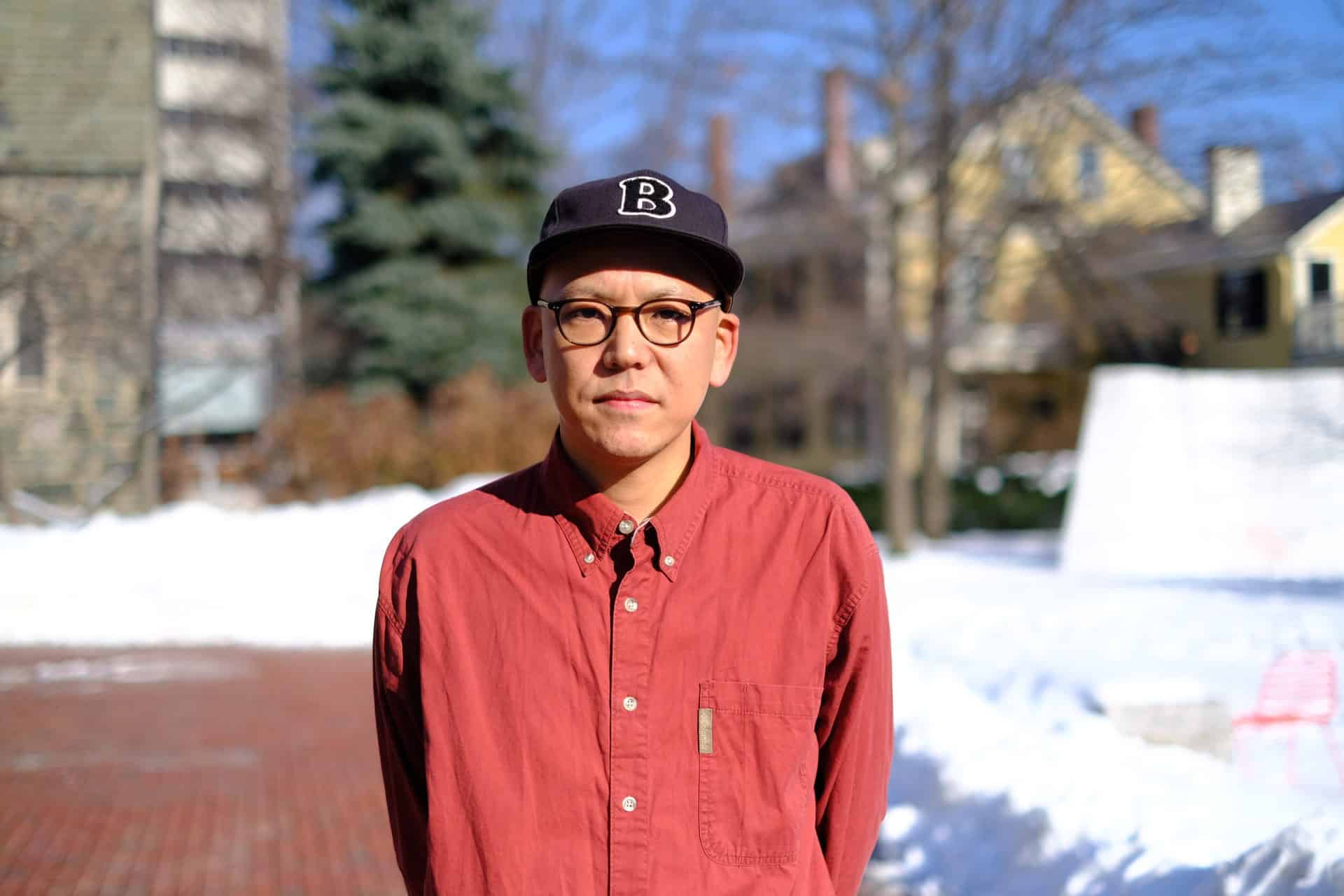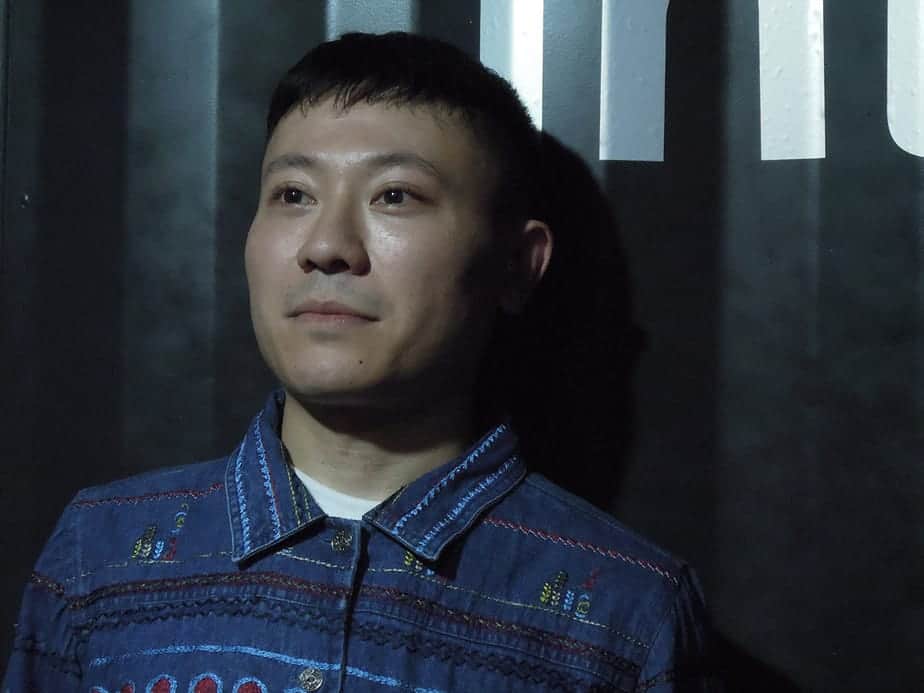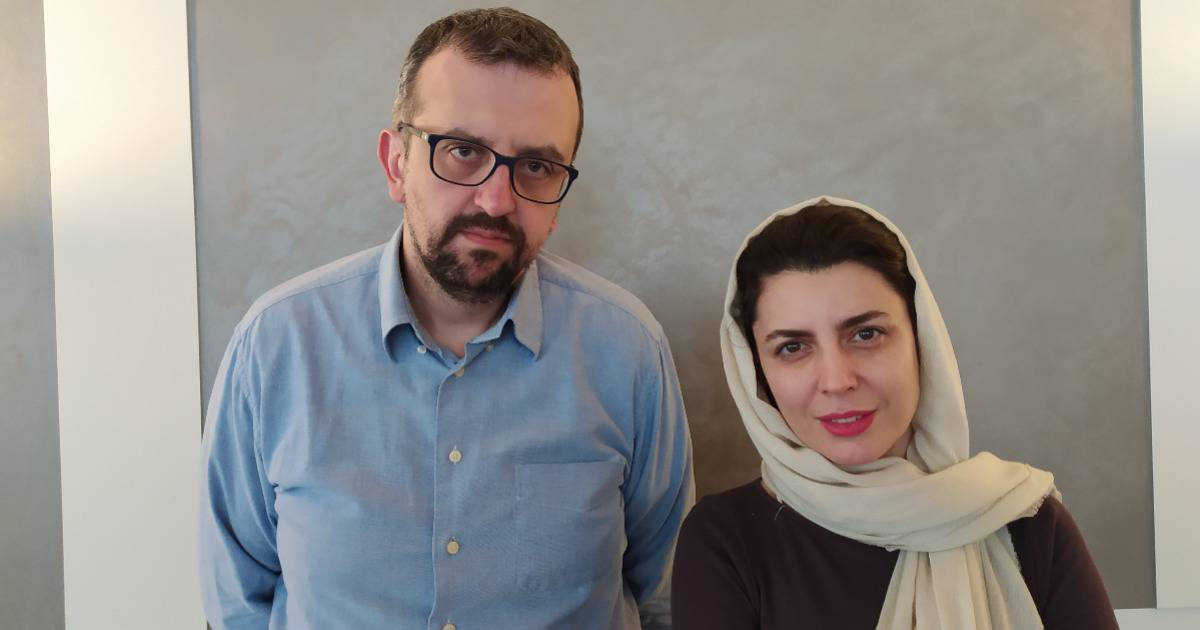As one of the most prolific and certainly most original animators, Masaaki Yuasa has graced us with memorable series and feature films alike, most of which are available to watch on streaming platforms. With 22 films and series under his belt as a director, and many more as a screenwriter, key animator or animation director, Yuasa's name has became a trademark in the animation film universe. It is to him that we owe the pastel beauty of “The Tatami Galaxy” (2010), the sobering reminder of the times we live, depicted in “Japan sinks: 2020”, the deeply touching anime “Ride Your Wave” (2019), to name just a few. His interpretation of subjects is always over the top, colourful and merciless in its depiction of events and people.
After a significant number of awards won at diverse international film festivals, among which – Sitges, Annecy, Fantasia International Film Festival, and Ottawa International Animation Festival, Yuasa has found himself in the official selection of Orizzonti competition program of Venice, with “Inu-Oh” – the only feature animation in all festival sections.
Asian Movie Pulse met with the Japanese director in Venice to talk about his bonkers interpretation of the life of Inu-Oh, an important medieval artist whose legacy was lost during the course of time, but whose legend still lives.
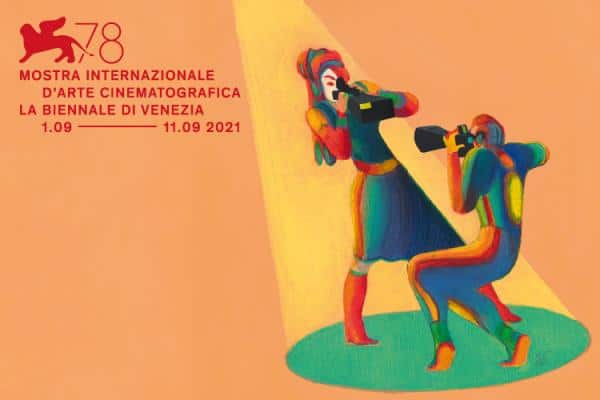
It is an original take on something that happened 600 years ago, and the first question that comes to one's mind is – what inspired you to explore the story of Inu-Oh?
Inu-Oh really existed, and he was a very well know artist at the time, but his legacy was lost during the course of history. At the same time, another very famous artist was the one who was remembered and many of his works were preserved, unlike Inu-Oh's. I was interested in talking about the difference between the two.
You are bringing modern elements into a narrative that is based on historical facts. One of them is the choice of music which ventures into the domain of hard rock. What made you seize for that solution?
Basically, history is quite selective. Some things remain, and others disappear. At that particular time, there was probably something that was really unique and I decided to use rock thinking that even if it's not authentic for the Muramachi period, it would illustrate the difference between the standard music of that time, and something new that Inu-Oh introduced into their world. He was probably not that flamboyant but because he was a very innovative performer, he probably appeared to the people of that time as something of a hard-rocker.
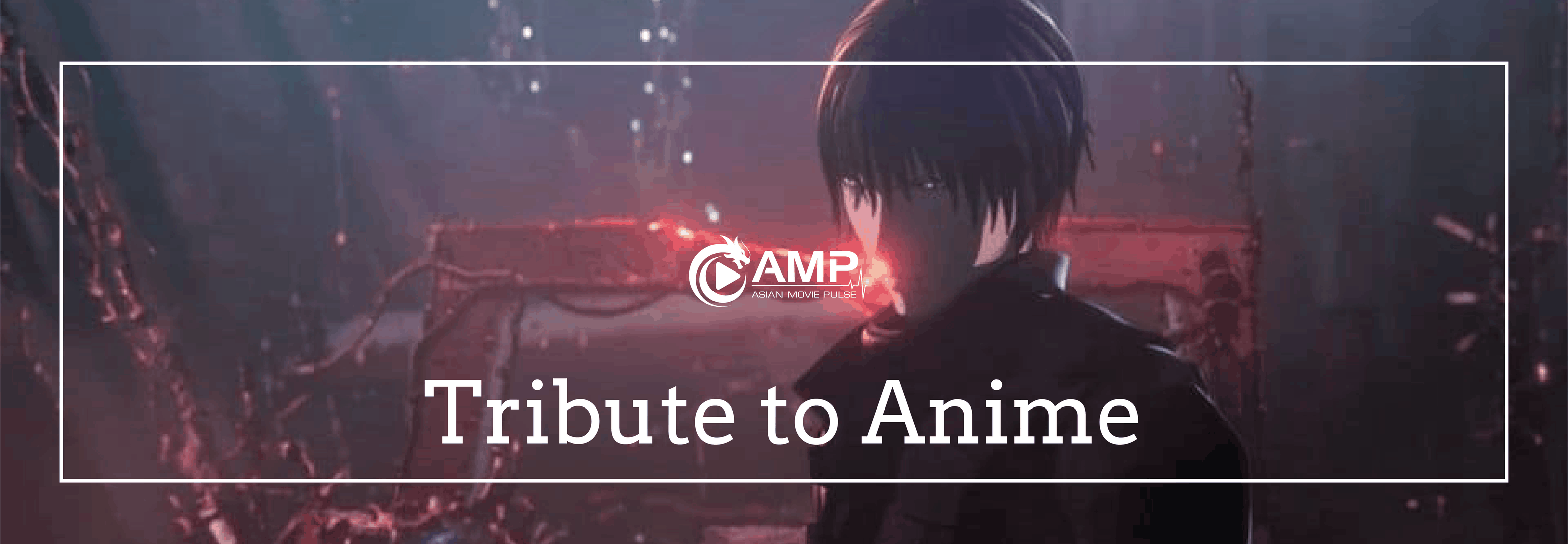
What is the background of the story of the cursed child? Is it rooted on mythology?
The mask used in the movie is because originally the dancers use to wear them to interpret the demonic roles. That's the concept it came from. The actor who tells the story is wearing the mask. Basically, the curse itself is the result of a very strong desire to become an excellent player, better than all the other. Back in the days, poor people couldn't become samurais, which was something reserved for the aristocracy only. So, the only way they could make a career was to become musicians or other kind of artists. It was a desperate desire to succeed. It didn't have a negative connotation. People aspired to achieve something, and to elevate themselves from poverty. The mask is a bundle of desires to be better, and to become famous and reach the ideal of perfect beauty. Before you put the mask on your face to perform, you say “thank you” to the mask. So, the mask has accumulated the desires of the previous players who used it, and probably even Inu-Oh's energy during the performance is absorbed by it.
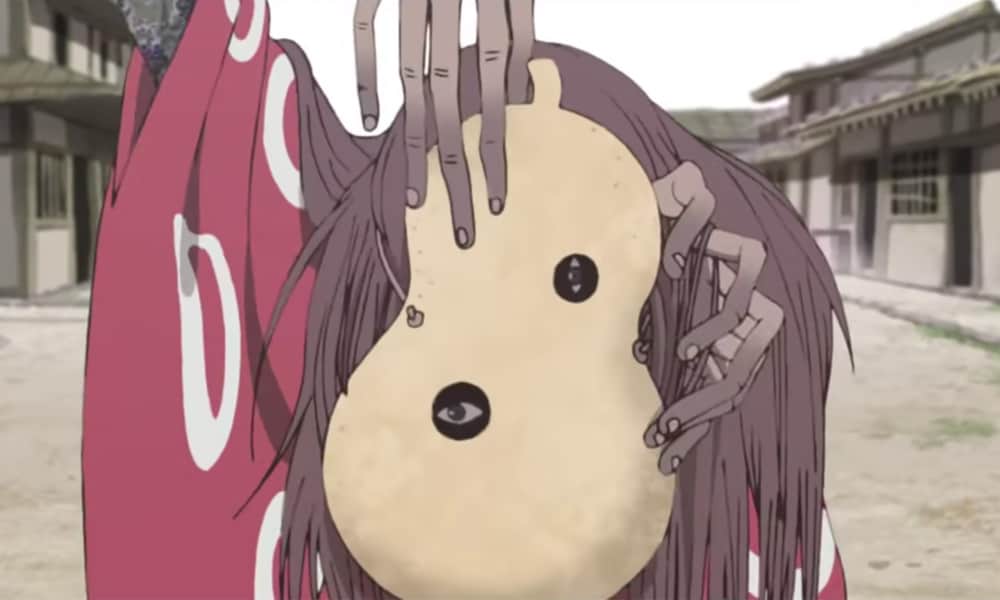
The film has a very contemporary touch because it also speaks about the power games between the rulers.
That theme is present, but it wasn't my intention to be political. What I wanted to convey is how poor people struggle to change their lives. Inu-Oh was maybe forgotten, but I am telling his story with which I would like to reach as many people as possible. Nowadays, we have social networks and easy internet accessibility, but that is not enough.
“Inu-Oh” is the only animation film in the Official Selection of Venice film festival. Animation is generally under-represented in competition programmes of big film festivals.
I literally don't think about it that much. There are some excellent animation film festivals, like the one in Annecy. I would understand if someone thinks that an animation in the program of almost all live-action movies is an oddball, but this is a great thing. I am really happy, because this means that there is space for animation films at the A-list festivals. There are movie-goers that don't actually watch animation, which is why I would love to make a movie which appeals to that kind of audience. I hope that “Inu-Oh” will reach lot of people.
How long did it take you to finish the project?
We started developing the script and the characters three years ago, but the storyboard and the music were finalized a year and a half ago. I planned to work on it even earlier which didn't happen out of my involvement with some other projects.



